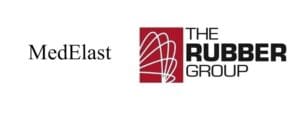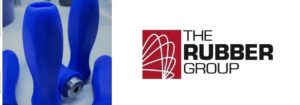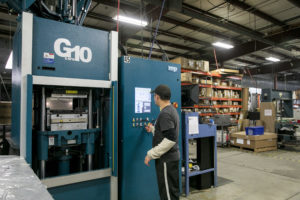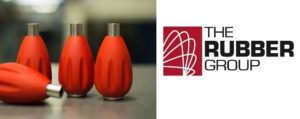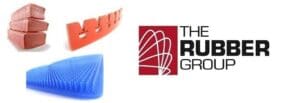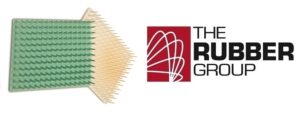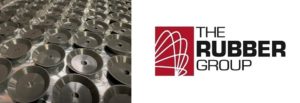Medical Devices
Selecting the right silicone molding process for medical components is as important as material selection. TRG offers compression, transfer, and injection molding, and we can help you with process selection.
Read MoreSilicone molding is used to produce medical components such as surgical handles, sterilization tray mats, peristaltic pump tubing, umbrella valves, diaphragms, medical seals, and medical grommets. Many types of silicones are available, but they’re not all suitable for your medical application.
Read MoreTRG’s medical silicone complies with USP Class VI requirements for biocompatible elastomers that are safe for use when contact with human tissues and fluids is possible.
Read MoreMedical handles that use rubber overmolding contribute to the safety of patients and the well-being of healthcare workers. They improve comfort and gripping.
Read MoreISO 10993 and USP Class VI both define testing requirements for biocompatibility. Learn about the differences between them so you can select the right rubber.
Read MoreThe Rubber Group sources and molds fully-tested and certified USP Class VI elastomers for medical, healthcare, pharmaceutical, and biopharma products.
Read MoreThe Rubber Group molds standard and custom silicone sterilization mats for medical, surgical, and dental customers in various colors, sizes, and features.
Read MoreMedical transfer molding provides tight control of part tolerances and can fill hundreds of mold cavities from a single pre-formed material. For both short runs and high volumes, this flexible manufacturing method supports complex shapes, thin-walled parts, and consistent dimensions.
Read MoreMedical transfer molding provides tight control of part tolerances and can fill hundreds of mold cavities from a single pre-formed material. For both short runs and high volumes, this flexible manufacturing method supports complex shapes, thin-walled parts, and consistent dimensions.
Read More


